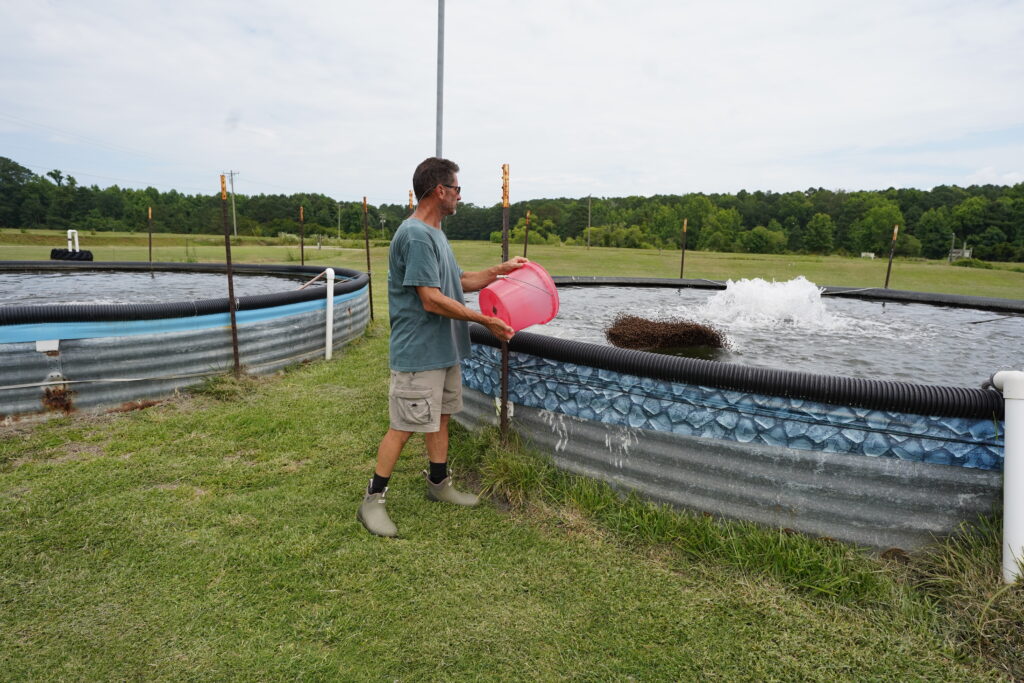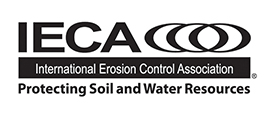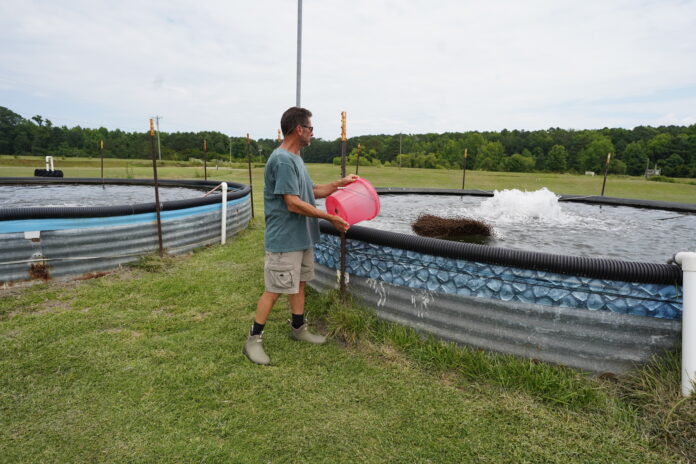Agricultural production often results in discharges of water heavily laden with nutrients, which results in negative impacts on receiving waters including algal blooms and eutrophication. Several types of constructed wetlands were tested recently to determine their potential for treating these waters to remove nutrients before discharge.
Modeling Constructed Wetlands
Researchers in one study tested different substrates in model constructed wetlands to determine which would best remove nitrogen (N), phosphorus (P) and chemical oxygen demand (COD) from simulated farm runoff.1 The model systems were contained in 16 cm diameter by 45 cm tall (6.3 x 17.7 inch) plastic pipes. The control treatment had 20 cm (7.9 inches) of 3 to 5 mm (0.12 to 0.2 inch) gravel, while two other treatments included 10 cm (3.9 inch) gravel plus 10 cm (3.9 inch) iron-carbon composites (FeC) or 10 cm (3.9 inch) iron-carbon composites mixed with ground walnut shells (WFeC). In addition, another treatment was the same as WFeC but included inoculation with a denitrifying phosphate-accumulating bacteria (MWFeC). All of the columns were inoculated with activated sewage sludge, planted with four Iris tectorum plants, and allowed to equilibrate for a month before dosing. There were three dosing periods of 40 days each, with simulated runoff being added daily to the top while removing an equivalent volume from the bottom. The pollutant concentrations during the first period were 6.0 mg NO3 -N L-1, 3.0 mg NH4+-N L-1, 0.4 mg total phosphorus L-1 (TP) and 15.0 mg COD L-1 in the form of sucrose and fulvic acids. In the second phase, the concentrations were doubled, and in the third phase, the concentrations were doubled again. The removal of NO3 increased substantially (>2X) in all treatments relative to the gravel control, with the WFeC and MWFeC treatments achieving up to 88% and 94% removal, respectively. Increasing the NO3 concentration decreased removal rates, but the MWFeC treatment still removed 77%. Removal of NH4 hovered around 60%–70% regardless of the substrate or the concentration. Total N removal followed the NO3 pattern for the treatment effects and peaked at around 75% for the MWFeC treatment at the highest concentration. Removal of TP was in the 30%–40% range for the gravel alone and about twice that for the other substrates. Similar to the nutrients evaluated, COD removal was increased with the FeC substrate and was the greatest in the MWFeC treatment at up to 90%. Iron concentrations remained low (<0.2 mg L-1) in the effluent. The authors also measured several greenhouse gases (CO2, CH4, N2O) to determine the potential for the different substrates to negatively impact global warming initiatives. The results were much more mixed than those of the column water. At the lower nutrient concentrations, generally fewer greenhouse gas emissions came from the FeC columns compared to the gravel alone. However, at the highest nutrient concentration, emissions were about 2X when the FeC material was used in the columns.
Removing Nutrients with Cattail
In a second study, aquaculture waste water (WW) was collected from a trout production facility and added to 2.5 m (8.2 feet) diameter stock tanks consisting of 15 cattail plants planted into 20 cm (7.9 inch) topsoil and flooded to a 30 cm (11.8 inch) depth.2 The system was allowed to establish itself for 40 days before adding the WW. Then the WW was added weekly at five doses over five weeks. The total N and P loading over the entire period was 14, 35, 77, 131 and 209, and 3.0, 7.6, 17, 29 and 46 mg m2 (10.7 feet2) respectively. Weekly grab samples were obtained 1 to 2 days before dosing and analyzed for TP, total dissolved phosphorus (TDP), soluble reactive phosphorus (SRP), total dissolved nitrogen (TDN), total ammonia N (TAN), nitrite N (NO2-N), and nitrate N (NO3-N). Cattail height was measured weekly, and plant samples were taken after approximately three and seven weeks after the first WW dosing. There were tanks with cattails that received no WW and served as the controls. There was no pattern of response in the growth of the cattails related to the dosing, possibly because the cattail plants had undergone rapid growth in the period before dosing was initiated. The authors suggested there may have been a measurable response in the tubers, but these were not sampled. The system appears to readily absorb the added N, although some NO3-N spikes were detected, possibly coming from the soil. The P added to the cattail systems resulted in higher P in the water column initially, directly related to dose, but even at the highest dosing, the total P in the water column was <0.05 mg L1 at the end of the dosing. The 96% reduction in P concentrations occurred in spite of the relative lack of growth of the cattail plants during the dosing period. The authors suggest that this finding indicates that this type of constructed wetland can remediate WW even after the main growth period for the plants. (An example of fish production in aquaculture tanks is shown in Figure 1.)

References:
1. Cun D, Wang H, Jiang M, et. al. 2024. Effective Remediation of Agricultural Drainage at Three Influent Strengths by Bioaugmented Constructed Wetlands Filled with Mixture of Iron Carbon and Organic Solid Substrates: Performance and Mechanisms. Science of the Total Environment 947. doi.org/10.1016/j.scitotenv.2024.174615.
2. Blandford NC, McCorquodale-Bauer K, Grosshans R, et. al. 2024. Removal of Nutrients from Aquaculture Wastewater Using Cattail (Typha Spp.) Constructed Wetlands. J Environ Qual. 2024; 53:767-775. Doi: 10.1002/jeq2.20608.
About the Expert
Rich McLaughlin, Ph.D., received a B.S. in natural resource management at Virginia Tech and studied soils and soil chemistry at Purdue University for his master’s degree and doctoral degree. He has retired after 30 years as a professor and extension specialist in the Crop and Soil Sciences Department at North Carolina State University, specializing in erosion, sediment and turbidity control. He remains involved with the Department as professor emeritus.







